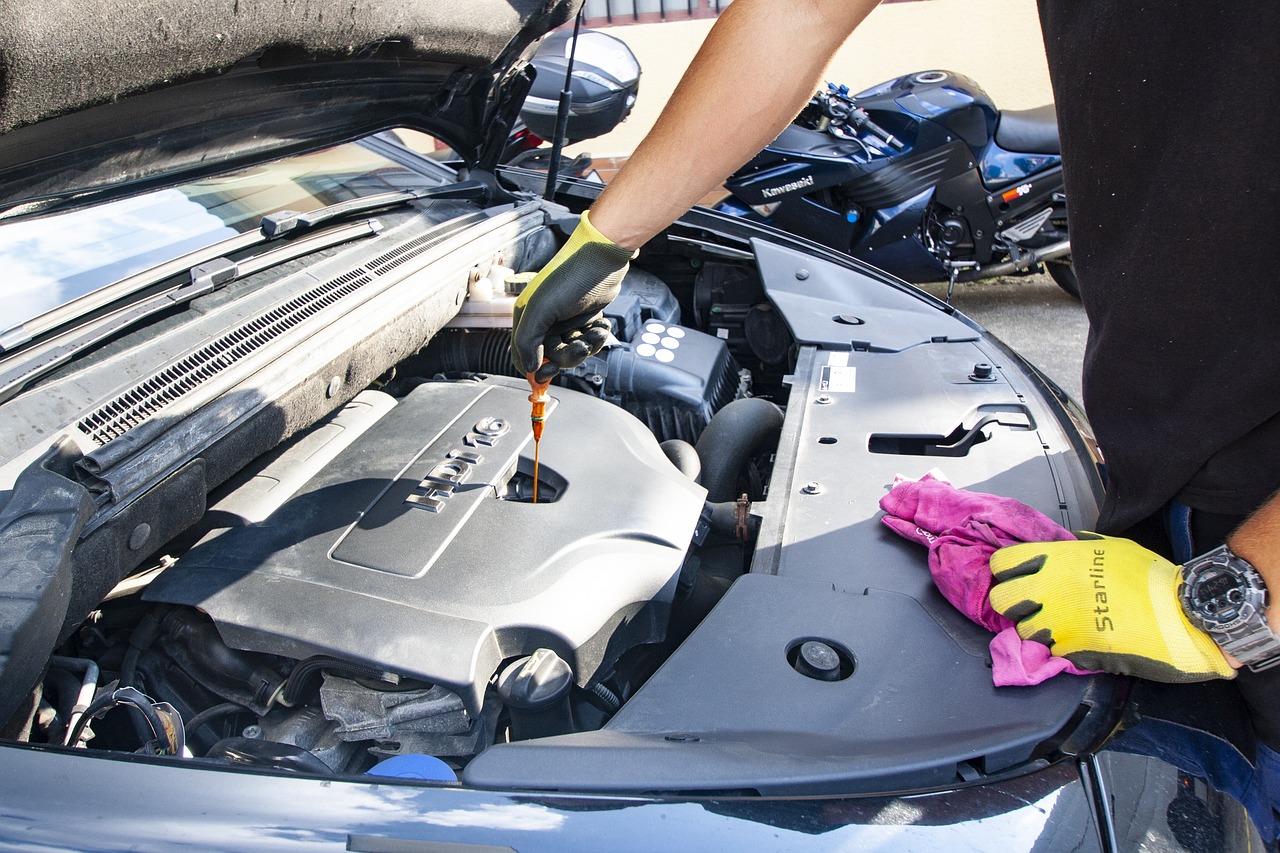Owning an Audi A5 Cabriolet is a real treat. There’s nothing quite like dropping the top and hearing that engine hum on an open road. But when your brakes start feeling spongy or you notice a delayed response, it’s time for some much-needed maintenance. One of the most essential brake maintenance tasks is bleeding the brakes, which removes any trapped air in the system and restores optimal braking performance.
If you’ve never done this before, don’t worry. With the right tools and a methodical approach, you can bleed the brakes on your Audi A5 Cabriolet like a pro. Let’s walk through the process together.
Why Bleeding Your Brakes Matters
Brakes work by using hydraulic pressure to push fluid through the brake lines, activating the calipers and clamping the pads onto the rotors. When air gets into the system, it compresses under pressure, which means your brake pedal might feel soft or unresponsive.
If you’ve recently replaced brake components or noticed inconsistent braking performance, a brake bleed could be the fix you need. Plus, brake fluid absorbs moisture over time, which can reduce its effectiveness. So even if your system isn’t compromised, bleeding your brakes as part of regular maintenance helps keep everything in top shape.
Tools and Materials You’ll Need
Before diving in, make sure you have all the necessary tools:
- A bleeder wrench (usually 11mm for the A5)
- A brake bleeder kit (a one-person bleeder tool or a second person to help)
- A clear plastic tube that fits over the bleeder valves
- A catch bottle for the old fluid
- A fresh bottle of DOT 4 brake fluid (always check your Audi’s manual to confirm compatibility)
- A lug wrench or impact wrench to remove wheels
- A jack and jack stands to lift and support the car safely
- Gloves and protective eyewear
If you don’t have a pressure bleeder, the two-person method works just as well. It just requires a bit of teamwork.
Step-by-Step Guide to Bleeding Your Audi A5 Cabriolet’s Brakes
1. Prepare Your Car
Park on a level surface and engage the parking brake. If possible, work in a well-lit space. You’ll need to jack up the car and remove the wheels to access the bleeder screws on the brake calipers. Place the vehicle on jack stands. Never rely solely on the jack for support.
2. Check and Fill the Brake Fluid Reservoir
Locate the brake fluid reservoir, typically found near the firewall in the engine bay. Before starting, top it off with fresh DOT 4 brake fluid to prevent air from being drawn into the system during the bleed process.
3. Determine the Correct Bleeding Sequence
For most Audi vehicles with standard braking systems, the recommended bleeding sequence is:
- Right rear wheel (farthest from the master cylinder)
- Left rear wheel
- Right front wheel
- Left front wheel (closest to the master cylinder)
This order ensures that air is pushed out efficiently.
4. Attach the Bleeder Hose and Begin Bleeding
- Fit one end of the clear plastic tube over the bleeder valve and place the other end into a catch bottle with some brake fluid inside (this prevents air from being sucked back into the line).
- If using the manual method, have a helper sit in the driver’s seat and press the brake pedal. Once they apply firm, steady pressure, loosen the bleeder valve using the wrench.
- You’ll see old brake fluid and possibly air bubbles escape into the tube.
- When the flow slows down, tighten the valve before your helper releases the brake pedal to prevent air from re-entering.
5. Repeat Until No Air Bubbles Remain
Continue this process 4-5 times per wheel, or until only clean fluid without bubbles flows out. Keep an eye on the fluid reservoir and top it off as needed. Never let it run dry, or you’ll introduce more air into the system.
6. Move to the Next Wheel and Repeat
Once finished with the right rear wheel, move to the left rear, then the right front, and finally the left front. Maintain the correct sequence throughout.
Final Checks
When all four wheels have been bled, top off the brake fluid reservoir one last time to the correct level. Reinstall the wheels, lower the car, and tighten the lug nuts securely.
Before hitting the road, pump the brake pedal to ensure it feels firm. If it still feels spongy, there may be lingering air in the system, requiring another pass through the bleed process.
When to Seek Professional Help
If you find yourself constantly re-bleeding the brakes with no firm pedal in sight, or if brake fluid leaks from any connection points, it’s best to consult a certified mechanic. Some Audi models come with advanced braking systems, such as ABS modules that require special tools to properly bleed.
Additionally, if your brake fluid looks dark or contaminated with debris, it may be time for a full system flush rather than just a bleed.
A Smooth Ride Starts with Reliable Brakes
Whether you’re cruising along coastal highways or weaving through city streets, your brake system is your first line of defense. Regular maintenance keeps everything in peak condition, ensuring that when you need to stop, your Audi A5 Cabriolet responds instantly.
If you tackled this DIY task yourself, great job! If you’re not comfortable doing it alone, there’s no shame in letting a professional handle it. The most important thing is knowing that your brakes are in perfect working order.
Have you ever bled your own brakes, or do you prefer leaving the job to the experts? Share your experience in the comments!






